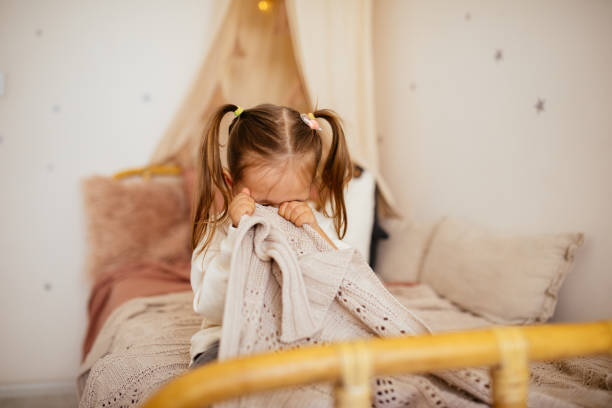Sleep Disorders in Children
Sleep has an important place in the biological and psychological development of children. Children’s sleep needs vary according to age. While the average sleep requirement of children up to the age of 2 is 14 hours, it is 11-13 hours on average between the ages of 3-5. The sleep requirement of school-age children is approximately 10-11 hours. In addition to the need for sleep of children, sleep patterns are also very important.
Sleep problems in children can be seen as difficulty falling asleep, inability to stay asleep, waking up at night or napping during the day, and constant sleepiness. In addition, sleep problems such as sleep apnea and sleepwalking can be seen in connection with physical problems.
Difficulty Falling Asleep
Children’s difficulty in falling asleep is closely related to pre-sleep ceremonies. Rituals such as cuddling and shaking the child before bed can negatively affect the habit of falling asleep. In addition, if the child is used to the mother before going to sleep, he may have difficulty in falling asleep spontaneously in cases where this habit is broken. Difficulty falling asleep can often be linked to anxiety and stress in school-aged children.
Sleep apnea
Sleep apnea is the inability to breathe air from the nose or mouth. Sleep apnea gives symptoms such as snoring, shortness of breath, obstruction, and frequent interruption of sleep. This can lead to developmental problems, bedwetting, behavioral problems, attention problems, learning problems, hyperactivity and daytime sleepiness in children. It is important in terms of sleep apnea to provide weight control, to control allergic conditions, to control conditions that may affect breathing, such as adenoids.
Night Terror
In night terrors, the child suddenly wakes up with fear, crying and shouting. Often the dream is not remembered. Night terrors are thought to originate from the underdeveloped central nervous system. It usually starts at the age of 18 months and continues until the age of 6.
If the child is experiencing night terrors, it is important to take the necessary precautions in his room and at home so that he does not harm himself. It is also important to establish a regular sleep routine.
nightmares
Dreams that are remembered after waking up. Nightmares can be caused by genetic predisposition as well as emotional problems such as stress, anxiety, fear, life changes, traumas. It can also be seen frequently, especially during febrile illnesses. It is important to seek professional help if its frequency persists for six months.
Sleepwalking
Problems such as sleepwalking and teeth grinding are common problems in children. For example; About 30% of children aged 3-7 years are sleepwalking. In some cases it continues into adulthood, but often begins to subside from school age. Sleepwalking may result from an underdeveloped central nervous system or from fatigue. It is important to take the necessary precautions so that the child does not harm himself.
What Causes Sleep Disorders in Children?
The occurrence of sleep problems in children, physical disorders, chronic disorders, temperament, genetic predisposition, emotional problems (such as anxiety, fear, stress, insecurity, trauma), developmental problems (such as mental retardation, developmental delay), mother and father psychopathology, parental attitude, parental attitude It can be caused by child interaction, sleep patterns, change of sleeping hours or sleeping place.
How Do Sleep Disorders Affect Children?
Such sleep problems in children; Clumsiness and accidents can cause problems such as behavioral problems, emotional problems, memory, concentration and learning problems, and academic problems.
How Are Sleep Disorders Treated in Children?
Necessary guidance is given to detect physical problems that may cause sleep problems. If there is no physical reason, emotional problems that can lead to sleep disturbance are detected. Play therapy and cognitive behavioral therapy methods are used for emotional problems that cause sleep disorders in children. In case of problems related to sleep patterns, guidance is given about the arrangements that the family can make in the home environment.
